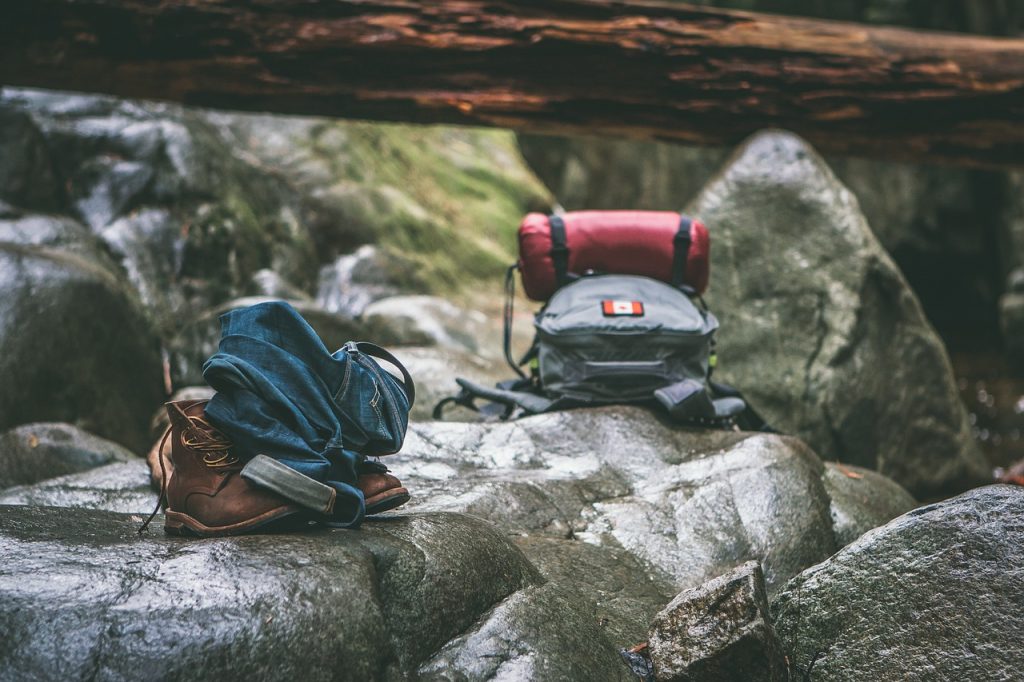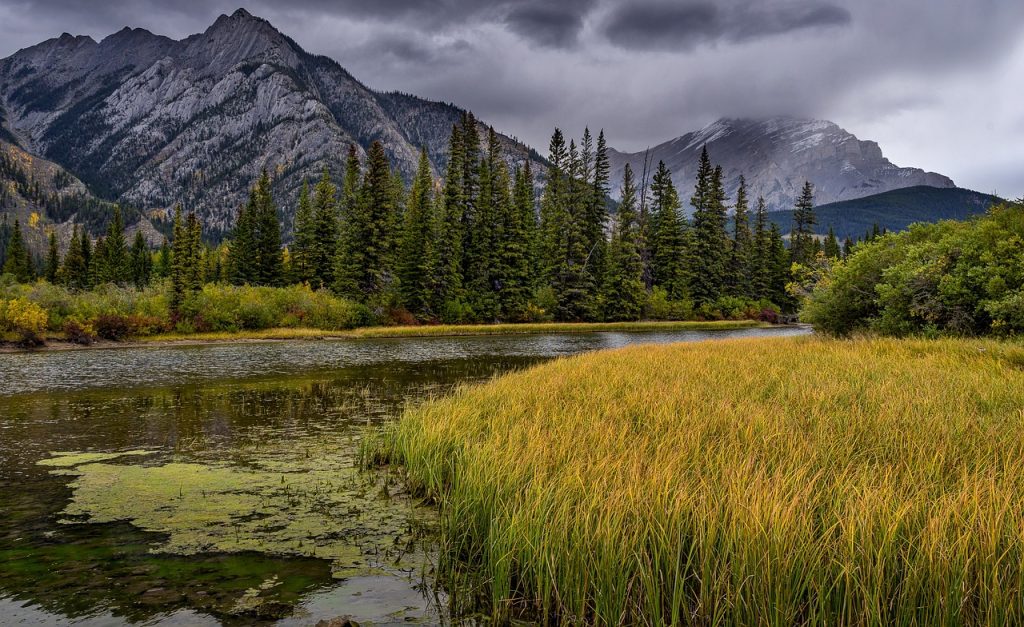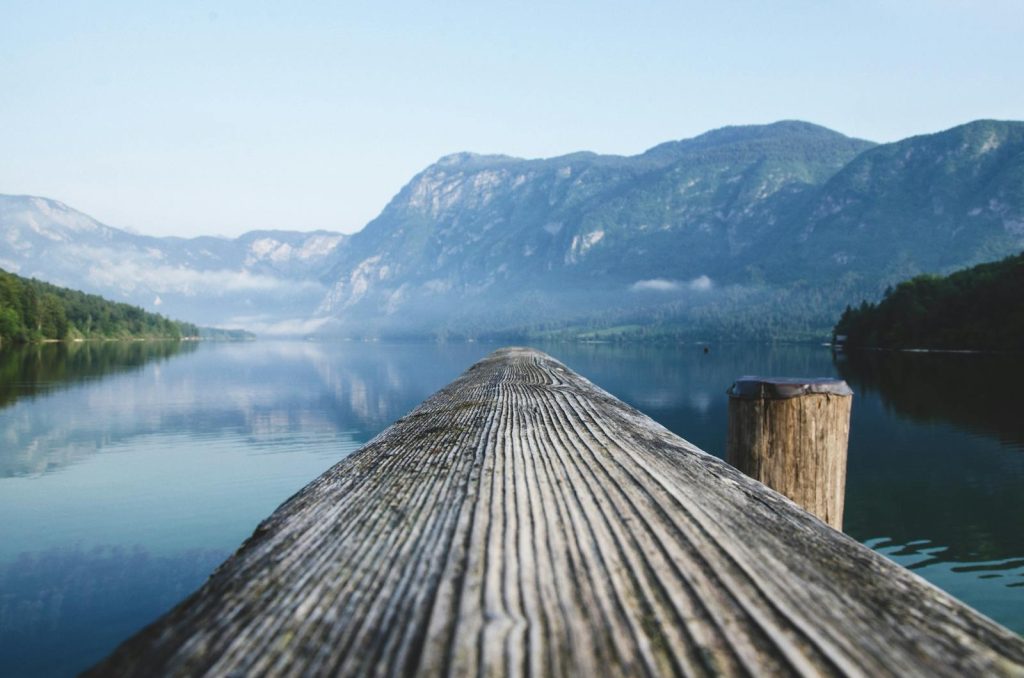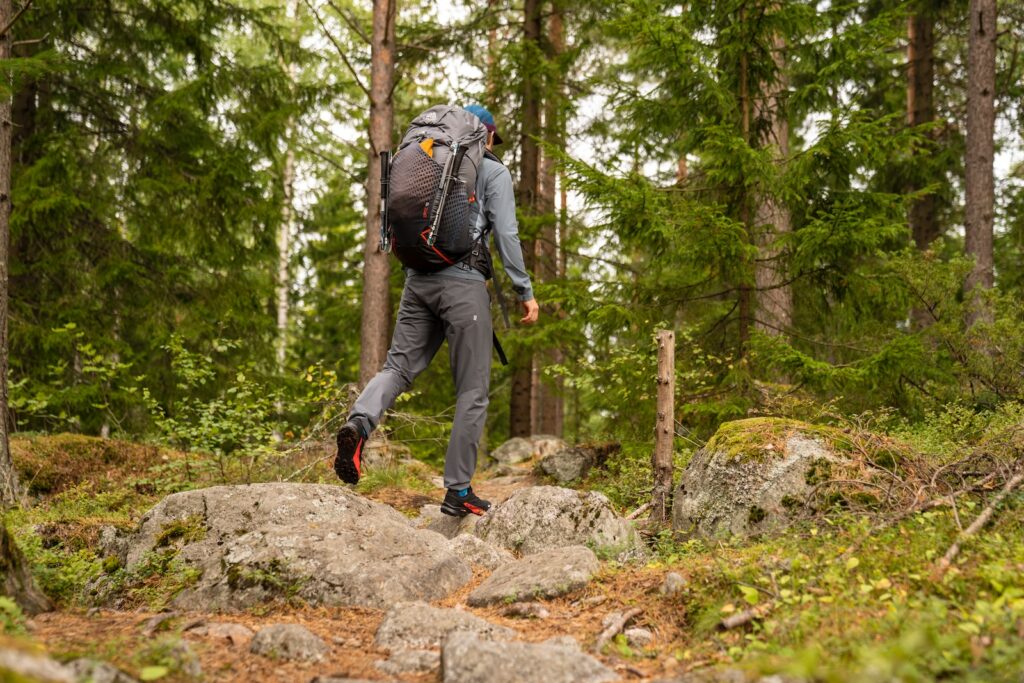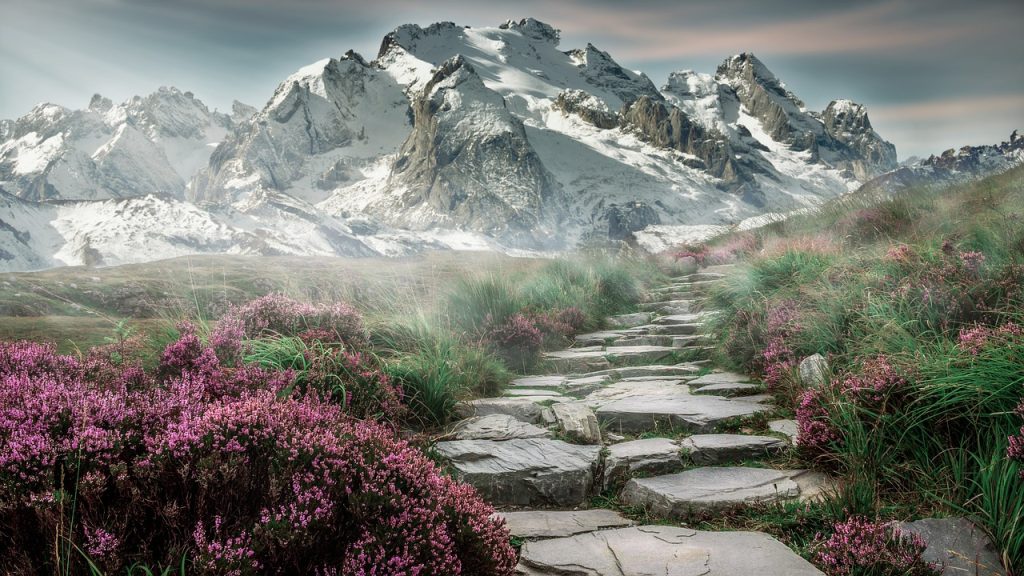

Are Blundstones Suitable for Hiking? Exploring Their Pros and Cons
Welcome, adventure enthusiasts! If you’re an avid hiker seeking that perfect blend of style and functionality for your outdoor escapades, chances are you’ve come across the name “Blundstones” in your search for reliable footwear. But do these iconic boots truly hold up during rugged hikes or are they better suited for urban exploration? Today, we embark on a journey to uncover the pros and cons of Blundstones as hiking companions.
Strap on your favorite pair of boots (whether they be Blundstones or not), and let’s dive into this exciting debate that has roused passions among nature lovers everywhere!
- What are Blundstones?
- Are Blundstones Suitable for Hiking?
- Pros of Hiking in Blundstones
- Cons of Hiking in Blundstones
- What to Look For When Buying Your Own Pair of Blundstone Hiking Shoes?
- Tips and Tricks for Getting the Best Out of Your Blundstones
- Alternatives to Blundstone Hiking Shoes
- Overview of Pros and Cons for Hiking with Blundstones
- Benefits of Wearing Blundstones for Hiking
What are Blundstones?
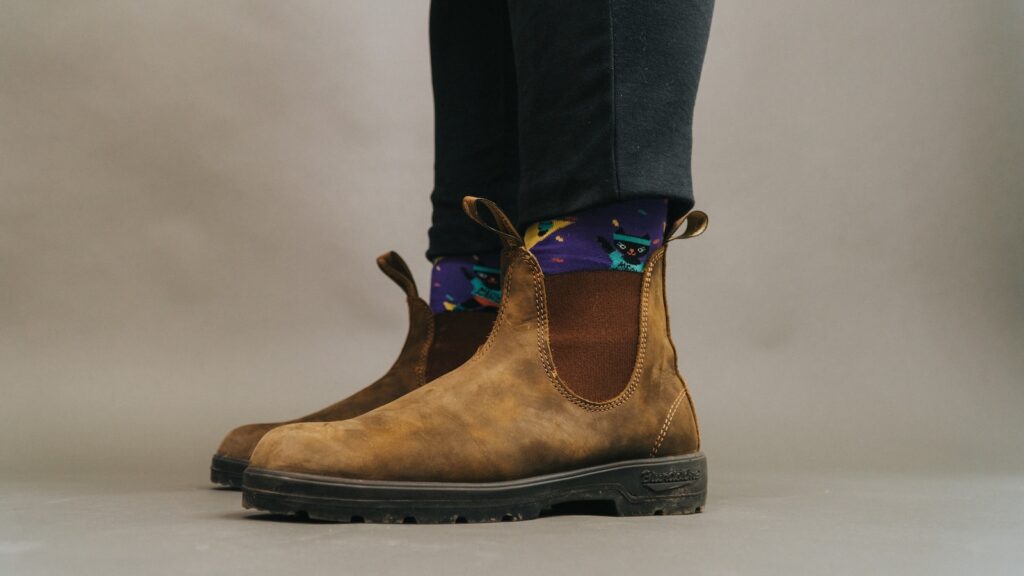
Blundstone boots are a type of boot that originates from Australia. The boots are made from premium leather and they’re designed to be extremely comfortable and durable. They’re also waterproof, making them ideal for hiking in wet conditions. However, Blundstone boots are expensive and they’re not as supportive as some other types of hiking boots.
Are Blundstones Suitable for Hiking?
Despite their unassuming appearance, Blundstone boots are actually quite versatile and can be used for a variety of activities, including hiking. In this article, we’ll explore the pros and cons of using Blundstones for hiking to help you decide if they’re right for you.
On the plus side, Blundstones are lightweight and comfortable, making them ideal for long hikes. They also have good traction and support, which is important when hiking on uneven terrain. Additionally, Blundstones are easy to break in and don’t require any special care or maintenance.
However, there are a few downsides to consider as well. First, Blundstones don’t provide as much ankle support as some other types of hiking boots, so they may not be suitable for everyone. Additionally, because they’re made of leather, Blundstones can be quite hot to wear in warm weather – something to keep in mind if you hike in climates where temperatures regularly soar.
Bottom line? If you’re looking for a versatile boot that’s comfortable and easy to care for, Blundstones could be a good option for you. However, if you need maximum ankle support or plan on hiking in very hot weather, you might want to consider another type of boot instead.
Pros of Hiking in Blundstones
There are plenty of reasons to love hiking in Blundstone boots. For starters, they’re extremely comfortable and durable, so you can focus on enjoying the scenery instead of worrying about your feet. They also provide good traction and support on uneven terrain, which is crucial for preventing injuries. And because they’re waterproof, you don’t have to worry about your feet getting wet or cold if you encounter any mud or puddles along the way.
Cons of Hiking in Blundstones
If you’re planning on hitting the trails in your Blundstone boots, there are a few things you should know. While they may be comfortable and tough, they’re not necessarily designed for hiking.
Here are some of the potential cons of hiking in Blundstones:
-They don’t offer much ankle support, which can be important when hiking on uneven terrain.
-The soles aren’t as grippy as dedicated hiking shoes, so you may slip more on wet or icy trails.
-They don’t have a lot of padding, so your feet may feel more tired after a long hike.
If you’re looking for a comfortable boot to wear around town or on easy trails, Blundstones are a great option. But if you’re planning on doing any serious hiking, you may want to invest in a pair of dedicated hiking shoes.
What to Look For When Buying Your Own Pair of Blundstone Hiking Shoes?
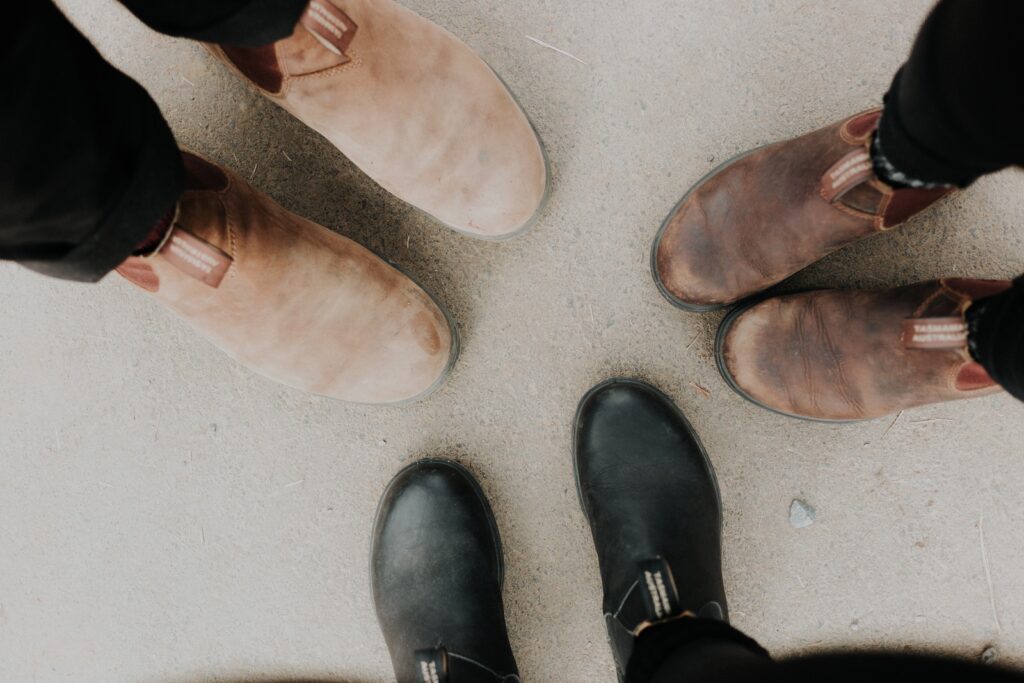
When you’re looking for a new pair of Blundstone hiking shoes, there are a few things you’ll want to keep in mind.
Here are some tips on what to look for when shopping for your own pair of Blundstones:
1] Make sure you choose the right size. Blundstone hiking shoesrun large, so make sure to order a half size smaller than your usual shoe size.
2] Pick a style that’s comfortable for you. Blundstone makes both slip-on and lace-up styles of hiking shoes, so pick whichever one you think will be more comfortable for you on the trail.
3] Consider the climate and terrain you’ll be hiking in. If you’ll be doing a lot of walking in hot weather, look for a pair of Blundstones with breathable mesh panels to help keep your feet cool. If you’ll be trekking through mud or snow, opt for a pair with good traction and waterproofing.
4] Think about how much support you need. If you have flat feet or pronate (roll inward) when you walk, look for a pair of Blundstones with arch support and/or extra cushioning in the heel area.
5] Choose the right color for you. Blundstone makes their hiking shoes in a variety of colors, so pick one that you like!
Tips and Tricks for Getting the Best Out of Your Blundstones
Blundstone boots are a great choice for hiking, but there are a few things to keep in mind to get the most out of them.
Here are some tips and tricks:
-Make sure your Blundstones are properly fitted. They should be snug but not too tight, and you should have room to wiggle your toes.
-Wear thicker socks with your Blundstones if you’ll be hiking in cold weather or through snow. This will help keep your feet warm and dry.
-If you’re hiking in wet conditions, treat your Blundstones with a waterproofing spray before heading out. This will help keep them from getting soaked through and prevent any water damage.
-Be mindful of where you step when wearing Blundstones. Avoid puddles and mud whenever possible, as this can damage the leather and prematurely wear down the soles.
Alternatives to Blundstone Hiking Shoes
If you’re looking for an alternative to Blundstone hiking shoes, there are plenty of great options out there.
Here are a few of our favorites:
Salomon X Ultra 3 Mid GTX Hiking Shoes: These shoes are designed for comfort and stability on the trail, with a waterproof Gore-Tex membrane to keep your feet dry in wet conditions.
Columbia Newton Ridge Plus II Waterproof Hiking Shoes: Another great option for wet weather, these shoes from Columbia feature a waterproof combination of suede and mesh to keep your feet dry and comfortable.
Merrell Moab 2 Vent Hiking Shoes: A good all-around option, these shoes from Merrell are lightweight and breathable while still providing the support and traction you need on the trail.
Keen Targhee III Mid WP Hiking Boots: A great choice if you need a little extra support and stability, these boots from Keen offer a waterproof membrane and a rugged lugged sole for traction in all conditions.
Overview of Pros and Cons for Hiking with Blundstones
Assuming you are talking about the Blundstone brand known for their chunky, lace-up Chelsea boots, here are the pros and cons for using them while hiking:
PROS:
-The Blundstone boots feature a thick, cushioned sole that provides good support and traction on uneven surfaces. This makes them ideal for hiking over rough terrain.
-They are also waterproof, so your feet will stay dry even if you cross a stream or puddle during your hike.
-The boots are comfortable to wear and provide good ankle support, which is essential for long hikes.
-They come in a variety of colors and styles, so you can find a pair that suits your taste.
CONS:
-Because they are made of leather, Blundstone boots can be quite heavy – which can make hiking more difficult than it needs to be.
-They can also be quite pricey, depending on the style you choose.
-If they get wet, they can take awhile to dry out completely.
-They may not be suitable for very cold weather hikes since they don’t offer much insulation.
Benefits of Wearing Blundstones for Hiking
There are many benefits of wearing Blundstone boots for hiking. They are comfortable, durable and provide good support for your feet and ankles. They also have a slip-resistant sole that can help you keep your footing on slippery or uneven terrain. Additionally, Blundstone boots are typically lighter in weight than other types of hiking boots, which can make them more comfortable to wear for long periods of time.
Conclusion
All in all, Blundstones can definitely be suitable for a range of activities if you’re looking for lasting comfort and durable style. It’s important to remember that these shoes are made from durable yet comfortable materials which can accommodate all your hiking needs without sacrificing comfort or putting unnecessary strain on your feet. With the right care and attention, your Blundstones will continue to provide you with long-lasting support through even the toughest trails.

